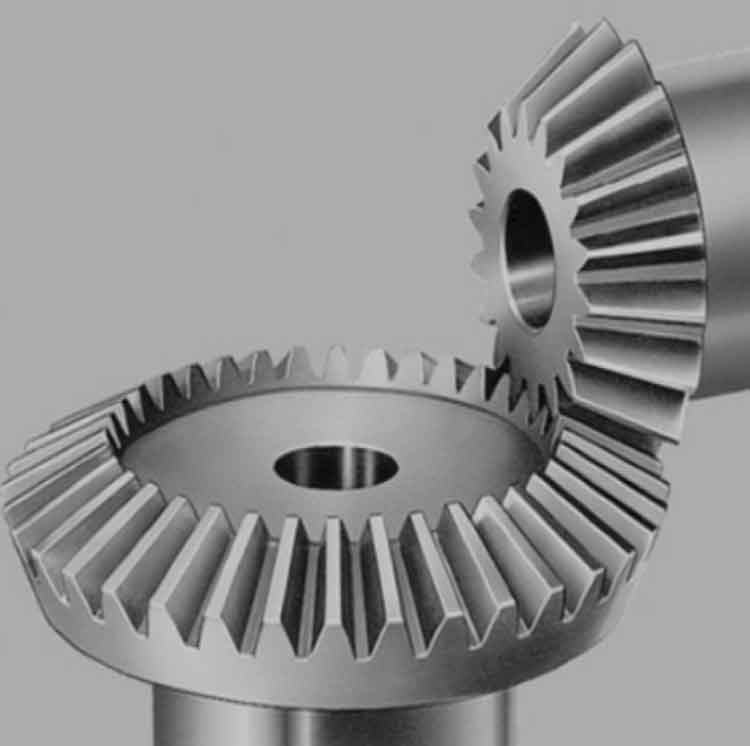
To leverage the benefits of straight bevel gear systems and ensure success in your applications, consider the following strategies:
1. Proper Gear Selection:
Choose the appropriate straight bevel gear design and specifications for your specific application requirements. Consider factors such as torque capacity, speed, load distribution, and space limitations. Consult with gear manufacturers or engineers to determine the best gear configuration and tooth profile for optimal performance.
2. Precise Gear Alignment:
Proper gear alignment is crucial for smooth and efficient operation. Ensure accurate alignment of the gear shafts to minimize misalignment-induced vibrations, noise, and premature wear. Use alignment tools and techniques such as dial indicators and laser alignment systems to achieve precise alignment.
3. Adequate Lubrication:
Proper lubrication is essential to reduce friction, wear, and heat generation in straight bevel gear systems. Select a lubricant with the appropriate viscosity and properties for your operating conditions. Establish a regular lubrication maintenance schedule and follow the manufacturer’s recommendations for lubricant type, quantity, and frequency of application.
4. Regular Maintenance and Inspection:
Implement a proactive maintenance program to monitor the condition of straight bevel gears. Conduct routine inspections to detect any signs of wear, misalignment, or damage. Perform preventive maintenance tasks such as lubricant changes, gear cleaning, and component replacements as necessary. Address any identified issues promptly to prevent further damage and maintain optimal gear performance.
5. Proper Load Distribution:
Ensure the load is evenly distributed across the gear teeth to prevent excessive stress on specific areas. Design gear systems that consider factors such as gear ratio, tooth geometry, and contact patterns to achieve optimal load distribution. This will help maximize gear life and prevent premature failure.
6. Quality Manufacturing and Material Selection:
Choose straight bevel gears manufactured with high-quality materials and precision machining processes. Opt for gears made from materials with excellent strength, wear resistance, and fatigue properties. Work with reputable gear manufacturers who follow industry standards and quality control measures to ensure reliable and durable gear systems.
7. Noise and Vibration Control:
Implement noise and vibration control measures to enhance the performance and reliability of straight bevel gear systems. Consider using noise reduction techniques such as vibration dampening, gear housing insulation, and optimized gear tooth profiles. This will minimize noise levels, improve gear efficiency, and prolong the life of the gear system.
8. Continuous Monitoring and Improvement:
Implement a continuous monitoring system to track gear performance and identify any potential issues. Utilize vibration analysis, temperature monitoring, and other condition monitoring techniques to detect anomalies and take proactive measures. Continuously seek opportunities for improvement in gear system design, lubrication practices, and maintenance procedures.
By following these strategies, you can leverage the benefits of straight bevel gear systems and optimize their performance and reliability. This will help you achieve smooth and efficient power transmission, minimize downtime, extend gear life, and ensure the success of your applications.
